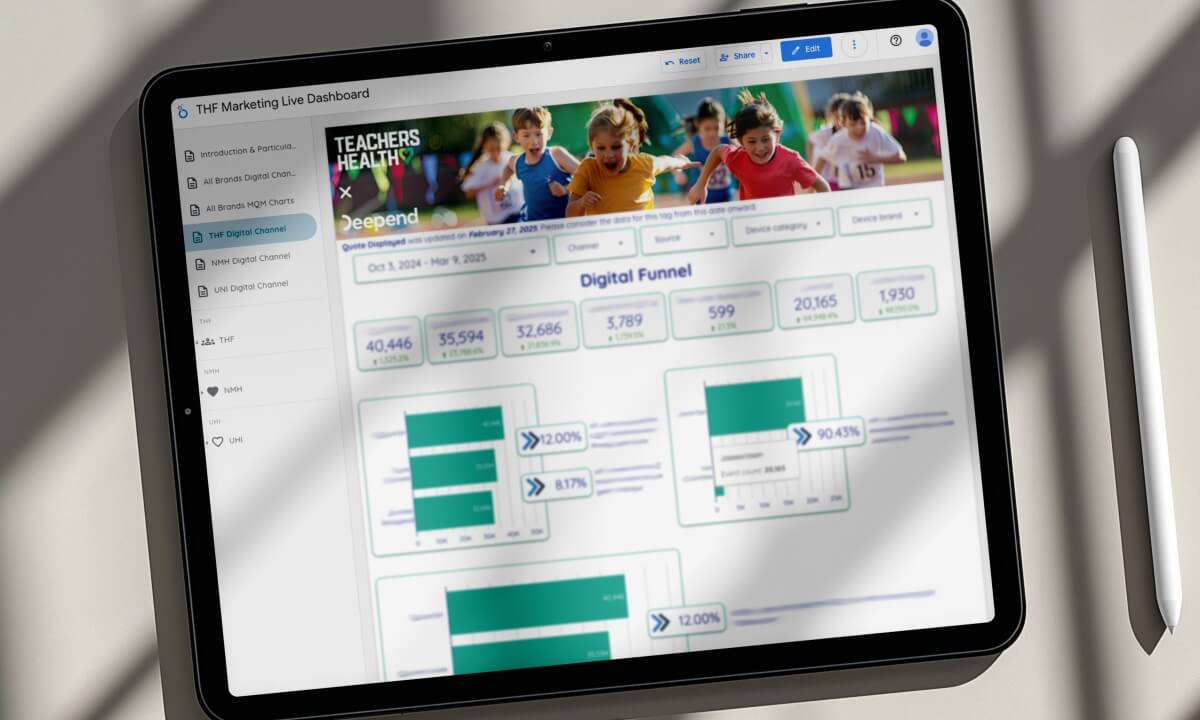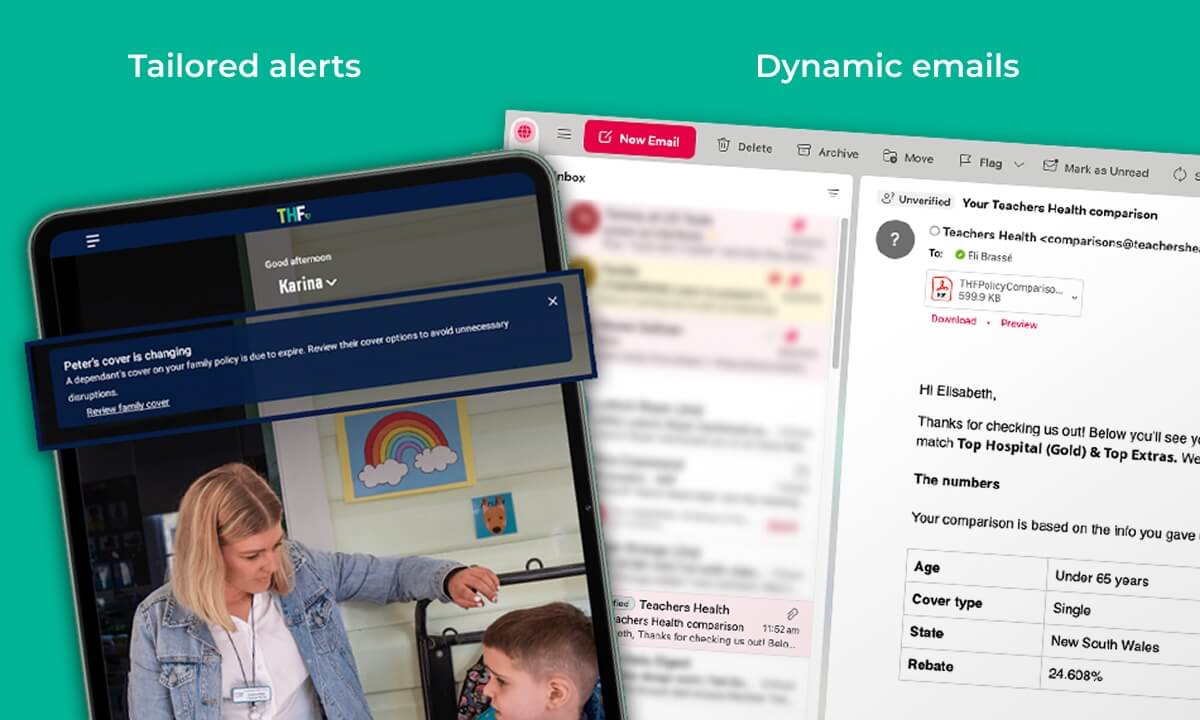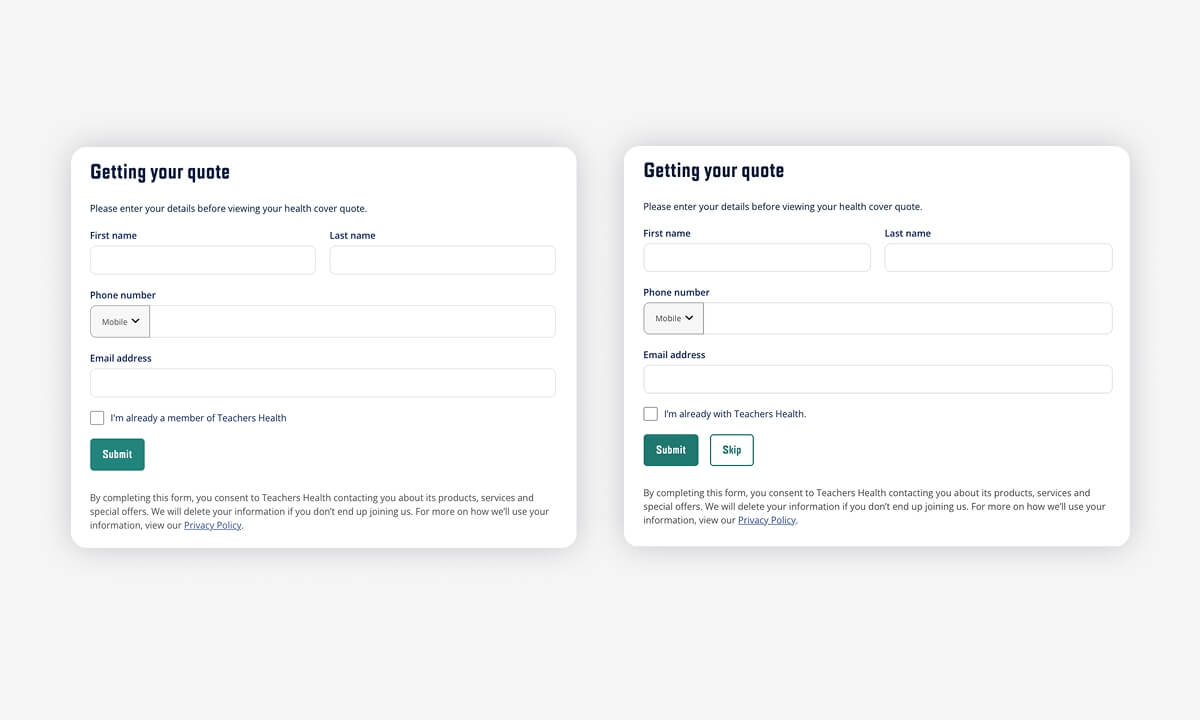Is it just me? Hyper-personalisation: How Mid-Tier Businesses Can Deliver Big on Customer Experience (Part Two)

If you caught the first part of this series, (yes, now it’s a series), you’ll know we talked about how hyper-personalisation is already changing the game for big brands like Qantas, Spotify, and CommBank but I was thinking what about mid-tier businesses – Surely, they get a look-in too?
While the giants have AI-powered recommendation engines and predictive analytics at their fingertips, the real opportunity is in how businesses of all sizes can start leveraging these same strategies to drive deeper customer engagement and commercial impact.
Why Hyper-Personalisation Matters More Than Ever
As I might have mentioned in the previous article, the shift from generic interactions to hyper-personalised experiences isn’t just a nice-to-have—it’s quickly becoming a competitive necessity. Consumers now expect brands to anticipate their needs, streamline their interactions, and make every touchpoint feel uniquely relevant. It’s the expectations that you have from other businesses that are being of “Best in Moment” – i.e. you’ve felt it with the big boys, now you expect that experience everywhere. For mid-tier businesses, the ability to do this, and keep up, at scale, is the key to staying ahead of the curve.
Unlocking Hyper-Personalisation: Where Mid-Tier Businesses Can Start – Teachers Health
For businesses looking to embrace hyper-personalisation, it’s not about throwing AI at the problem and hoping for the best. It’s about understanding where personalisation can have the greatest impact and taking a structured approach to implementation.
Take Teachers Health, for example. A mid-tier member-based health insurer came to us with a challenge: how could they evolve from a traditional insurance provider with less than 10% online conversion to a genuinely customer-centric, online business? The answer lies in a strategic blend of technology, data, and creative execution – all designed to drive more relevant and meaningful customer interactions.
1. Rethinking Digital Experiences
Your digital touchpoints—whether it’s your website, customer portal, or mobile app—shouldn’t just be functional; they should feel intuitive and tailored to each user. When we worked with Teachers Health, we redesigned their online experience to be more than just a static health insurance site. By introducing live quotes that adjusted dynamically to user inputs and a sticky quote feature that followed customers throughout their journey, we turned the process of choosing insurance from a chore into something simple and engaging.
For other mid-tier businesses, this could mean creating portals that adapt based on user preferences or settings, offering contextual content recommendations in-page, or designing interfaces that make simple interface changes based on previous interactions.

2. Using Data to Drive Relevance
But Hyper-personalisation is only as good as the data behind it. That means moving beyond basic demographics and tapping into behavioural insights. At Teachers Health, we combined qualitative research (understanding different member needs through F2F interviews) with quantitative data (log and path analysis and internal search trends) to redesign their primary digital channel.
The result? A triple digit increase in new customer sign-ups and a double-digit month-on-month improvement in conversion efficiency post the upgrade.
For businesses in other sectors, this could translate to smarter segmentation, predictive analytics for customer churn, or even personalised product recommendations based on real-time behaviour.

3. Personalised Communication That Feels Human
No one wants to feel like they’re receiving a mass email blast. The key to effective personalisation is making the communication feel like it was crafted for each individual. For Teachers Health, this meant delivering tailored messaging to members based on life stage, health goals, and engagement history—whether that was reminders for upcoming health check-ups or updates on new policy benefits.
Mid-tier businesses can apply the same principles by using data-driven insights to send the right message at the right time. Think dynamic email content, push notifications that respond to customer actions, or even AI-powered chat experiences that provide truly relevant support.

4. Continuous Optimisation: The Secret to Long-Term Success
Hyper-personalisation isn’t a ‘set and forget’ strategy. It’s about ongoing iteration—testing, learning, and refining based on what works. At Teachers, we built in monthly analytics and optimisation cycles, running A/B tests and ‘dark’ releases to continuously improve the customer journey. By tracking and adapting to changing member behaviours, we help ensure their digital experience stays ahead of expectations.
For other businesses, this could mean regularly refining personalisation models, experimenting with new AI-driven recommendations, or even using user feedback loops to shape future product offerings.

Where Do We Go from Here?
We’re only scratching the surface of what’s possible with hyper-personalisation. As AI becomes more sophisticated, we’ll see personalisation move from reactive to predictive, digital experiences that adjust based on real-time emotions, and even more immersive, tailored interactions through technologies like AR and VR.
But perhaps the biggest challenge will be striking the right balance between personalisation and privacy. Customers want brands to understand them—but not at the expense of feeling watched. Transparency and ethical data use will be the defining factors of success in this new era.
The Takeaway
For mid-tier businesses, hyper-personalisation is no longer just for the tech giants. It’s an opportunity to create deeper connections, drive engagement, and ultimately, build stronger customer relationships. Whether it’s through smarter digital experiences, data-driven insights, or continuous optimisation, the businesses that embrace this shift will be the ones leading the charge into the future.
So, the real question is: how ready are you to make personalisation your competitive advantage?




